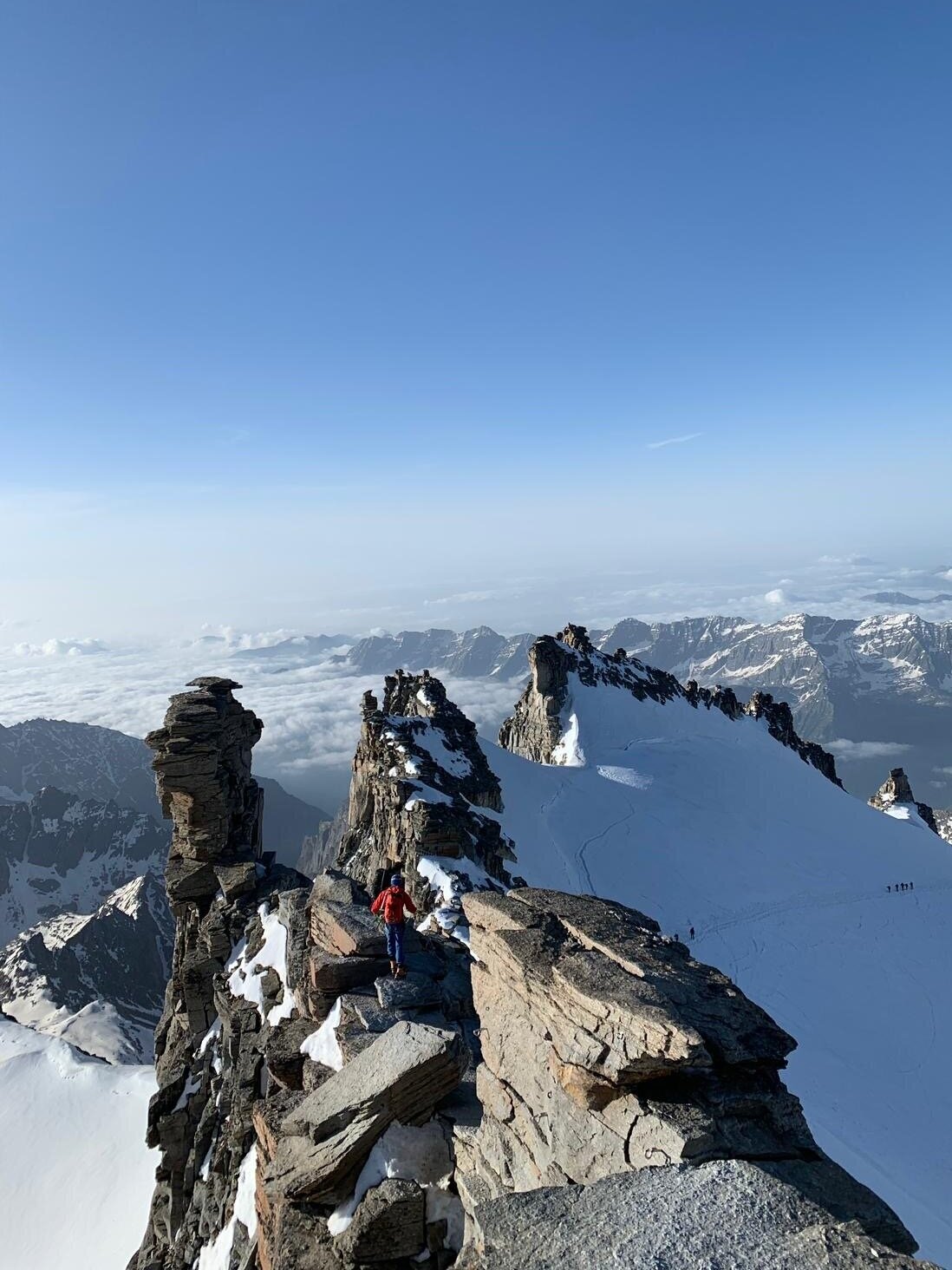Winter safety
I am fortunate to have run, climbed and sailed in some amazing places in all imaginable weather conditions. I have also spent countless days and nights sat in cold wet ditches on military exercises. Consequently I am familiar with being cold. The reason for this post is to highlight that you don’t need to be high up a mountain or in severe winter conditions to end up getting very very cold.
One example I’ll share is during a fell race (Tour of Pendle) I came across a small group dealing with a runner who had manage to impale his foot on a spike, in great pain he was unable to walk and we were the furthest from any accessible track for a vehicle to get to. FRA rules don’t require you to carry a phone so the majority of passing runners didn’t have one, but with my ultra-running head on I’d packed a phone in my bag. So I called the police and was put through to mountain rescue. The team were dispatched but due to the location and an anticipated long carry, the air ambulance was called for. The air ambulance finally arrives at 11:50, over an hour later (and that is quick!). There were 5 of us who stopped to look after the casualty, foil blankets came out, FRA mandatory kit went on (hat, gloves, waterproof tops and bottoms) and we moved the casualty into a hollow to get out of the wind. But it did not take long before us rescuers were getting really really cold, never mind the casualty. Point being - if you need MRT to help, even with a helicopter you are going to be waiting a significant amount of time, do you really have the kit to stay warm? Tim Budd wrote a great blog piece on this very fact, I’d encourage you to read it.
So what should you carry to stay safe, and survive a potentially long wait for help should the worst happen? Here is my basic winter kit, we have the usual warm hat, gloves, waterproofs, foil blanket. Perhaps you also carry a warm mid layer and spare buff. Perhaps you even carry spare gloves. But I would add to your list a couple of extra items:
1) An emergency bivibag. I have had to use one of these in anger myself and the difference between this and a foil blanket is chalk and cheese, hypothermia was reversed and disaster averted.
2) Power bank and charger. Have you ever got your phone out in the cold and seen the battery just drain instantly? or your phone switch off when you thought you had 50% battery left? What happens if you now need to call for help? Carrying a small power bank and charging cable might be enough to keep your phone switched on for you to get that call through.
3) Emergency head torch. Very small but effective enough to get you off the hills should you get delayed, or a source of light to signal for help.
4) Triangular bandage. A simple triangular bandage can be used to support an injured limb, create a splint, stem bleeding. If you are going to carry anything as a first aid kit, make it this (and learn how to use it).
If you are going further into the hills / mountains or running with a group then it is worth adding:
1) A 2 man shelter. Getting inside a 2 man shelter where you can then share body heat and get out of the wind can make a huge difference. Sit on top of your packs to get off the cold ground and you’ll be in a much better place.
2) Compact down insulated jacket. Carrying an extra insulation layer will again help keep you warm during a potentially long wait or slow walk off.
3) Main head torch and spare battery. If you get delayed in the hills having a main head torch could mean the difference between you being able to self navigate off the hills and having to call out MRT.
Add to this extra food, adequate hydration and nutrition for your adventure and you will be better prepared for all eventualities. All of these items can be packed into dry bags and into your running pack.
Getting out into the fells and mountains over the winter can be great fun, just make sure you are prepared.





